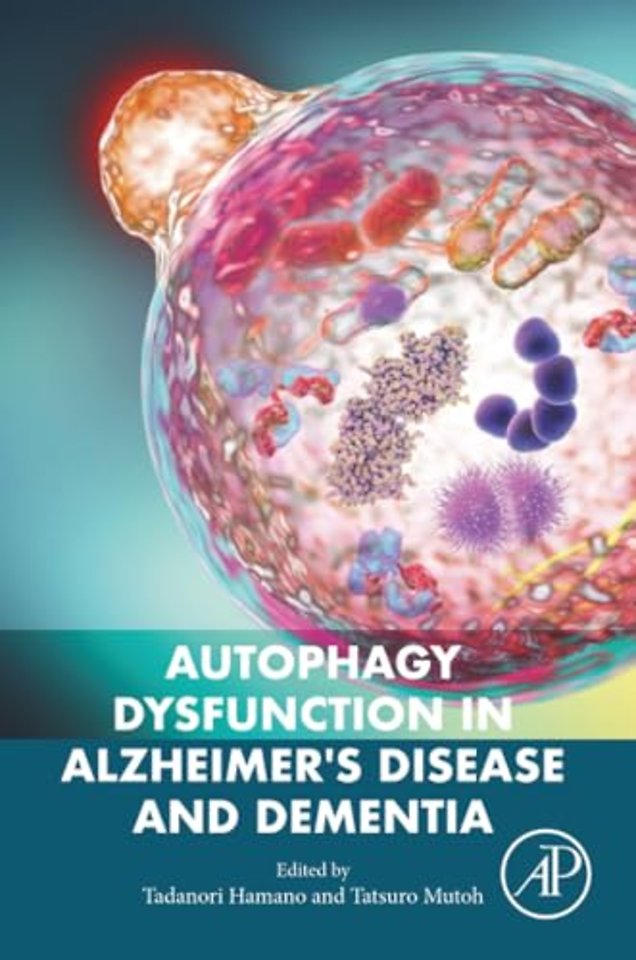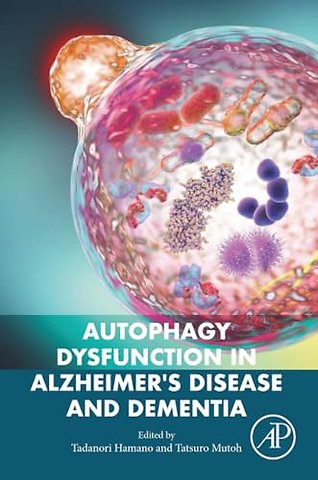<p>Section I. Degradation mechanisms of cells<br>1. Degradation mechanisms of cells</p> <p>Section II. Lysosomes<br>2. Lysosomes-neuronal degeneration in lysosomal storage disorders</p> <p>Section III. The autophagic pathways<br>3. The autophagy pathway and its key regulators</p> <p>Section IV. Amyloid beta protein and autophagy <br>4. Basics of amyloid beta protein in Alzheimer’s disease<br>5. Molecular linkages among Aβ, tau, impaired mitophagy, and mitochondrial dysfunction in Alzheimer’s disease<br>6. Endocytosis in β-amyloid biology and Alzheimer’s disease</p> <p>Section V. Autophagy and tau protein <br>7. Autophagy and tau protein <br>8. BAG3 promotes tau clearance by regulating autophagy and other vacuolar-dependent degradative processes <br>9. Tau propagation and autophagy</p> <p>Section VI. Autophagy and pathology in Alzheimer’s disease <br>10. Granulovacuolar degeneration in neurodegeneration<br>11. Autophagy dysfunction in skeletal myopathies: Inclusion body myositis and Danon disease</p> <p>Section VII. Autophagy and other disorders causing dementia<br>12. Autophagy in Lewy body diseases and multiple system atrophy <br>13. Autophagy and Huntington’s disease</p> <p>Section VIII. Drug discovery in Alzheimer’s disease by modulating autophagy<br>14. Drug discovery in Alzheimer’s disease by regulating autophagy<br>15. Drug discovery in Alzheimer's disease using metal chelators: Warning toward their uses<br>16. Development of autophagy enhancers for Parkinson's disease therapy</p>

